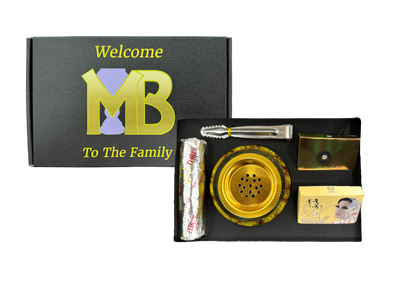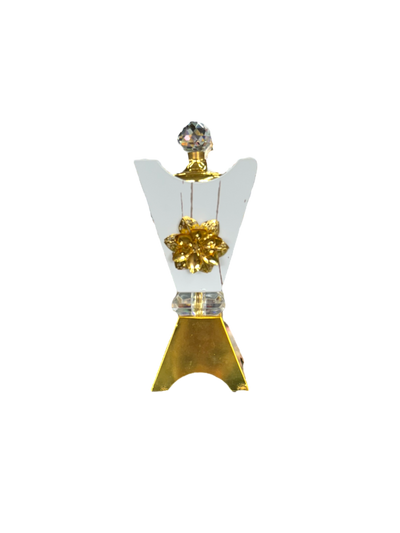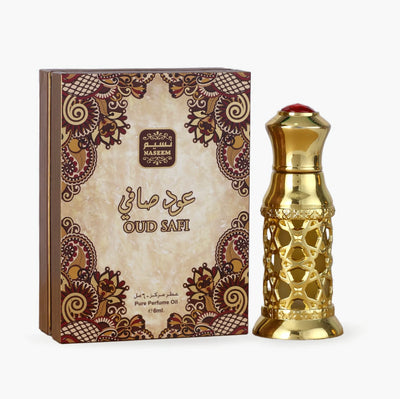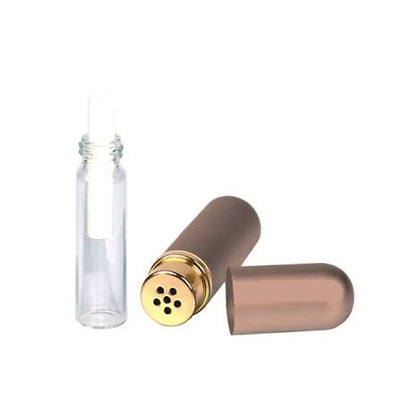How is Bakhoor Made
How is Bakhoor Made
Bakhoor is as old as written history. As mentioned in previous blogs, it dates back to ancient Egypt, China and even mentioned in the Bible. But how is it made?
Many known families in the Middle East make their own Bakhoor. It is a family business. Each one having their own techniques and ingredients. These recipes are handed down generation by generation like a grandmother’s cook book. Each time the recipe is “tweaked”, a new fragrance and sub type of that family’s Bakhoor line is born, given its own name. Hence, when buying Bakhoor for instance Bakhoor Bait Al Ahlam, it can be referenced to the family name who made that scent of the Bakhoor. “Bait” in Arabic means “The house of”
But what goes into Bakhoor? As mentioned before, there are different types of Bakhoor, each with its own technique.
If we were to talk about the normal mainstream Bakhoor which is made by companies that many people are familiar with, we’d be talking about the solid powdered form of Bakhoor. Many Bakhoor have similar base ingredients. Examples would be Resin, Sandalwood, and Argarwood. These raw ingredients are shaved into tiny pieces and mixed together with other ingredients to help shape them into tablets. During the process of mixing the ingredients, a secret mix of scented oils are added to the batch. Each Bakhoor has it’s own secret mix. Bakhoor is different from scented oil where it must be burned to release the scent vs the oil, which can be applied directly to the skin or clothing.

Once the batch is mixed and soaked for a predetermined amount of time, the substance is formed into its end shape and baked in an oven. The scents become “locked in." Then once cooled, they are packaged and ready for distribution. Once a customer buys these, they would then burn them on top of a burning coal to release the scent.
Families who make their own Bakhoor at home will do this all handmade. They form the shapes by hand, bake them and package them in their own unique packages to sell throughout their community. Arabs living in these areas in the Middle East know the houses with the best smelling Bakhoor and buy their incense direct from the source.
Another type of famous Bakhoor is called Oud (wood). These types are made with bigger shavings of Argarwood or Sandalwood chips. They take these raw materials and soak them directly into a secret batch of scented oil mix and cover them in a pot for days to soak the wood chips in the flavor. After the allotted time has passed, these too are packaged and ready for sale.

Oud tends to be more expensive because the Oud (wood) chips used are bigger and rarer. They cannot be mixed with other ingredients like the powdered form of Bakhoor. These too are burned by using hot coal.
There are also incense sticks that we are familiar with here in the west. The Bakhoor here are made similarly to the powdered forms. But instead of forming them into blocks or tablets, they are formed around bamboo sticks (regular wooden sticks are used now days). The difference with these types of Bakhoor is they don’t need a charcoal to burn with. They can be lit with a flame and burned on their own.
Whichever Bakhoor you decide to buy, know that you will still be getting the Bakhoor experience. You will be unleashing the Aromas of Arabia throughout your house. A pleasurable experience for you, your family and your guests.









How to make Bakhoor with long lasting at home ..I need to know the process, other ingredients please
Greeting: Please provide me instructions on how to make Bakhoor, using Oud (wood).
Thank you
please let me know how to make bakhoor at home get me full details thanks
assalam aleykum sir
please let me know how to make bakhoor at home get me full details thanks
I was unknown how it is made.
Leave a comment